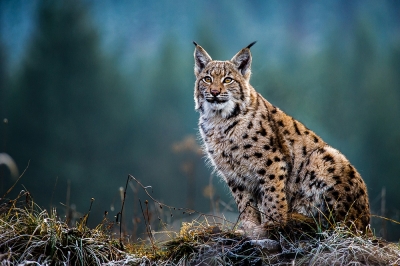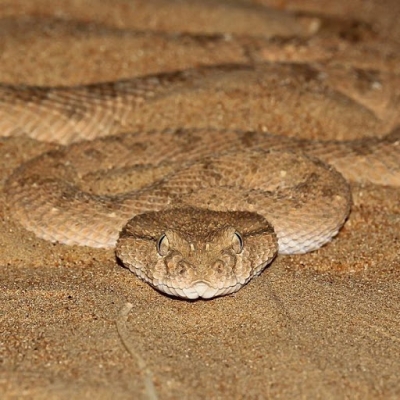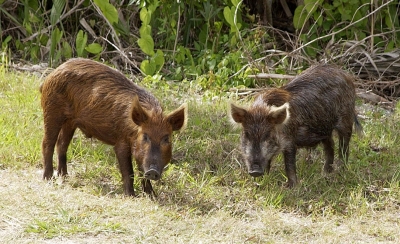
Desert rats can be seen during moonlit nights scampering and hopping about the desert sands. These animals, also known as jerboas, come out of their hiding places only after dark in search of food.
But they do not seem to be looking for food as they jump about. Their bodies are about 20 centimeters long and the tail, which ends in a tuft, is some 25 centimeters. The front limbs are extremely short while the hind pair are about six times as long. They are very funny to watch as they hop about on their long hind legs that look like those of kangaroos.
Desert rats live in burrows which they dig with their nails and teeth. They are shy animals and this, together with their agility, makes them difficult to catch. They live quite well in captivity, however, and are extremely clean in their habits. They have a sand coloured coat, as most desert dwelling animals have.
Picture Credit : Google






